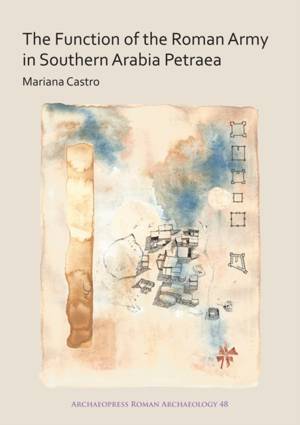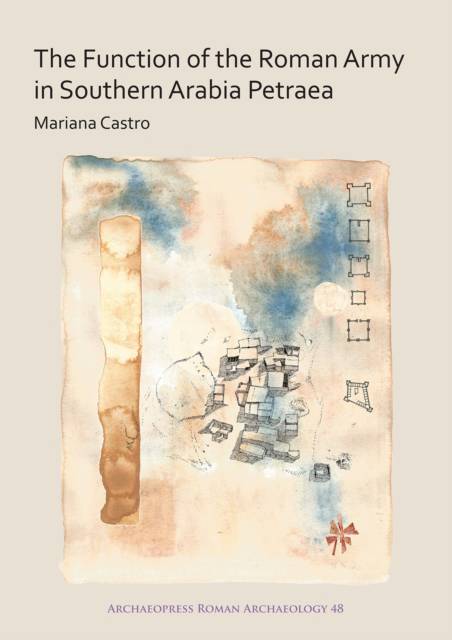
Je cadeautjes zeker op tijd in huis hebben voor de feestdagen? Kom langs in onze winkels en vind het perfecte geschenk!
- Afhalen na 1 uur in een winkel met voorraad
- Gratis thuislevering in België vanaf € 30
- Ruim aanbod met 7 miljoen producten
Je cadeautjes zeker op tijd in huis hebben voor de feestdagen? Kom langs in onze winkels en vind het perfecte geschenk!
- Afhalen na 1 uur in een winkel met voorraad
- Gratis thuislevering in België vanaf € 30
- Ruim aanbod met 7 miljoen producten
Zoeken
Omschrijving
Over the last decades, discussions about the functions of the Roman army in frontier areas have contributed to a complex understanding of the military and its interactions with local geographies and peoples throughout the Empire. Nevertheless, in the region of Arabia, there is still little consensus about the purpose of the Roman military presence, its fluctuating functions, or the role of hundreds of fortified buildings scattered across the landscape. So far, these questions have remained unanswered due to a lack of excavation data and the scarcity of ancient accounts directly involving the military in Arabia Petraea. This study aims to provide a fresh perspective on these issues by employing a landscape approach, paralleling it with the ancient sources which describe the roles of the Roman military in the East. Using a variety of digital resources to contextually map and model the ancient system of fortifications, settlements, and trade routes, we can now better understand the evolving and diverse functions of the Roman army in Arabia from the creation of the province to the end of the Byzantine period.
Specificaties
Betrokkenen
- Auteur(s):
- Uitgeverij:
Inhoud
- Aantal bladzijden:
- 226
- Taal:
- Engels
- Reeks:
Eigenschappen
- Productcode (EAN):
- 9781784919528
- Verschijningsdatum:
- 28/11/2018
- Uitvoering:
- Paperback
- Formaat:
- Trade paperback (VS)
- Afmetingen:
- 208 mm x 290 mm
- Gewicht:
- 748 g

Alleen bij Standaard Boekhandel
+ 108 punten op je klantenkaart van Standaard Boekhandel
Beoordelingen
We publiceren alleen reviews die voldoen aan de voorwaarden voor reviews. Bekijk onze voorwaarden voor reviews.









